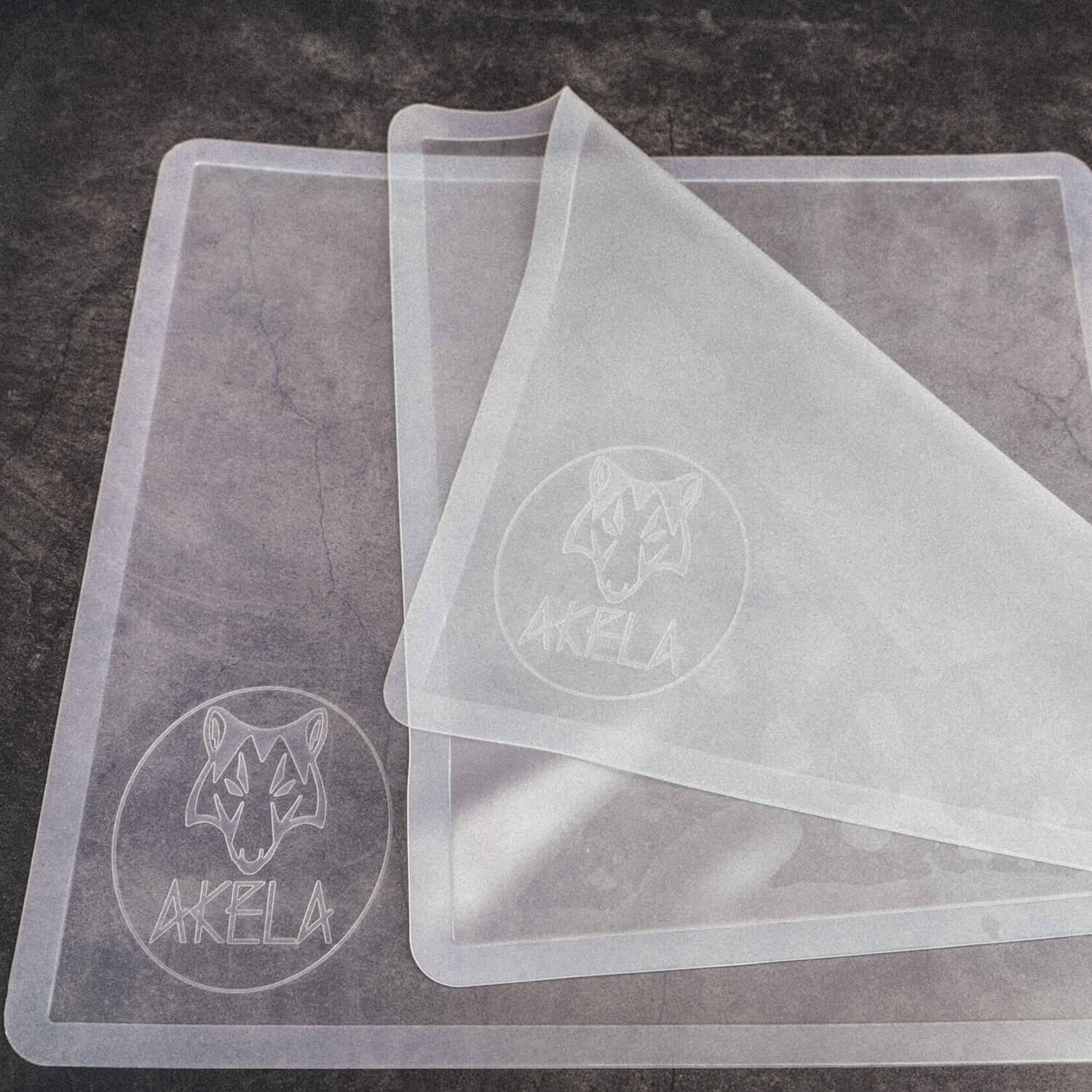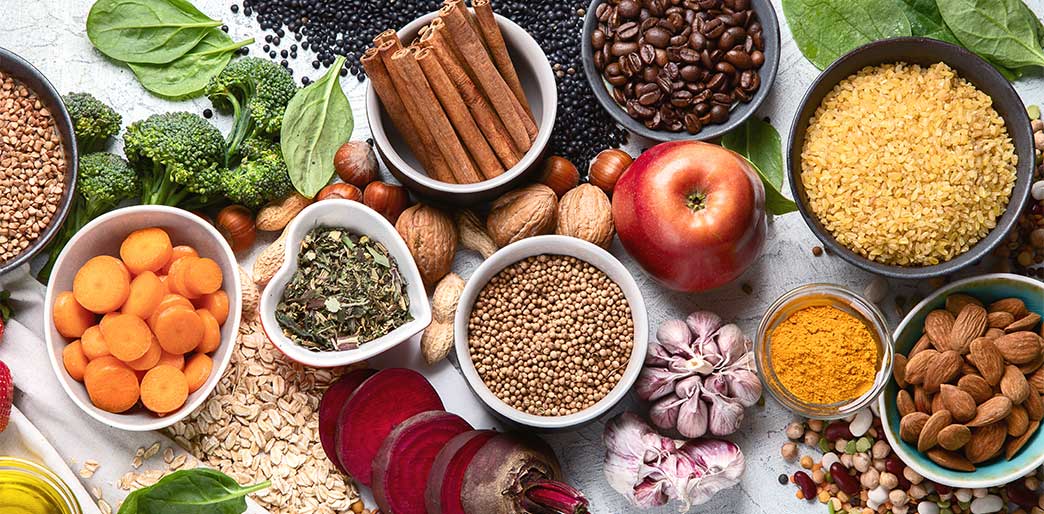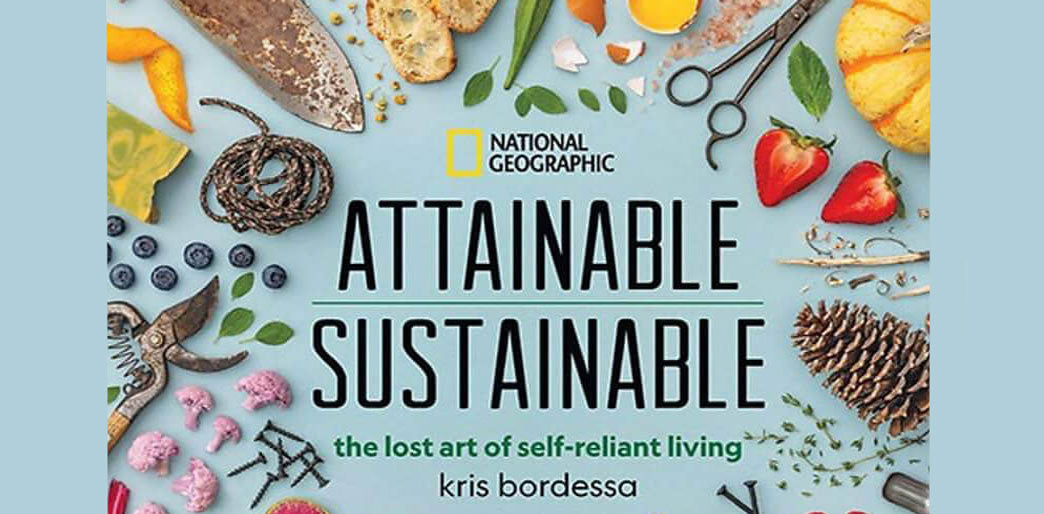Taste .... the all-important ingredient in every recipe.

“Pull up a chair. Take a taste. Come join us. Life is so endlessly delicious.”
–Ruth Reichl
(American chef)
Food - it's all about taste, wouldn't you agree?
Just think about a type of food, and create a thought in your mind as to whether you would like to eat that item.
Use a witchetty grub as an example .....

The witchetty grub is a term used in Australia for the large, white, wood-eating larvae of several moths. In particular, it applies to the larvae of the cossid moth (Endoxyla leucomochla), which feeds on the roots of the witchetty bush (after which the grubs are named), commonly known as wanderrie wattle. The term may also apply to larvae of other cossid moths, ghost moths (Hepialidae), and longhorn beetles (Cerambycidae). The term is used mainly when the larvae are being considered as food. The grub is the most important Indigenous bush food, having been eaten for thousands of years.
It has been suggested that the word 'witchetty' comes from Adynyamathanha wityu, 'hooked stick', and vartu, 'grub'. Traditionally, it is rare for people to dig for them.
Anyway, enough about these grubs, and back to taste.
If presented with a witchetty grub, what would you think to yourself:
Yumm!! .. or would you think: Yuck!!
In fact, the raw witchetty grub tastes similar to almonds, and when cooked, the skin becomes crisp like roast chicken, while the inside becomes light yellow, like a fried egg.
Surprising, wouldn't you agree?
Therefore, visuals don't always convey the actual taste!
i can vouch for this flavour and taste. I had some witchetty grub soup a while ago, and it was delicious and very nutty in flavour.

There are five basic tastes to which the tongue is sensitive:
- salt,
- sweet,
- bitter,
- sour, and
- umami. Umami is a Japanese word meaning 'savoury' or 'meaty'.
However, scientists describe seven basic tastes:
- salt,
- sweet,
- bitter,
- sour,
- astringent,
- pungent (eg chilli), and
- umami.
Let's just stick with the most common standard of FIVE Tastes though, shall we.
The five tastes are the recognised basic tastes that are naturally contained in all foods. Theoretically, each taste nourishes a specific organ or organ system ,and each taste is correlated with a season, a type of warming or cooling energy. Practically speaking, the more you consciously include a variety of the five tastes in your food preparation, the more satisfying and nutritionally enhanced your meals will be.

Using these pillars of food flavours enables one to make a beautiful choir of the food you create — so it is important to know how to bind these flavours to get the best result.
There is pleasure in the dynamically changing sequence of tasting sensations. An example can be given in terms of good food and wine matches: one oft-made recommendation is to pair red wine with meat while pairing white wine with fish.
Or another example is the unpleasant experience of drinking orange juice that tastes exceedingly bitter, not sweet, after having just brushed one's teeth.
Sometimes, a combination of flavours may work especially well together (or not), due to the effects of adaptation. As such, combining flavours, as when pairing food and wine, may affect one component of the tasting experience more than the other.

These are the things to note when creating your meals.
Don't just eat food to fill your stomach ... CREATE a delicious experience at every meal, making it both delicious and nutritious!
When we eat, in fact taste, smell, and touch combine to form flavour.
The more you consciously include a variety of the five tastes into your food preparation, the more satisfying and nutritionally enhanced your meals will be.
Listed here are some basic foods that fall into each category.
BITTER – Kale, collards, mustard greens, parsley, endive, celery, arugula, Brussels sprouts, fenugreek, dill, turmeric, zucchini, eggplant.
SALTY – Sea salt, tamari, miso, sea vegetables, sesame salt, umeboshi plum, pickles, celery, olives, soy sauce
SWEET – Corn, cooked onions, squash, yams, cooked grains, cooked cabbage, carrots, parsnips, sweet fruits, starchy vegetables, grains, wheat, dairy, honey, maple syrup.
SOUR – Lemon, lime, sauerkraut, umeboshi plum, pickles, grapefruit, apple cider vinegar, fermented foods, yoghurt, sour cream, kefir.
UMAMI - Parmesan cheese, meat broths, soy sauce, tomatoes, mushrooms, hoisin, miso, gravies, soups, shellfish, yeast extract (Vegemite), cheeses, Kombu & nori seaweeds
Plus .the other two - for science ...
PUNGENT – Ginger, garlic, raw onions, white radish, red radish, scallions, wasabi, chillies, black pepper, mustard, spices
ASTRINGENT - Cranberries, unripe bananas, pomegranates, green beans, legumes, turnips, and artichokes.
While most meals will contain a minimum of 60 per cent sweet foods (whole-grains, vegetables, beans and fruit), aim for a full range of other tastes within your major meals. Use side dishes, sauces and condiments, emphasising a particular taste you may crave.

There is a definite art to meal balancing. Your taste buds are capable of helping build a recipe from scratch or fixing one that's gone awry. Some tastes are more prevalent in certain dishes than others, or only one or two dominate in a certain food or dish.
Making delicious food is all about balancing these tastes, and once you are comfortable in so doing, you'll have more confidence in preparing food without a recipe.

























